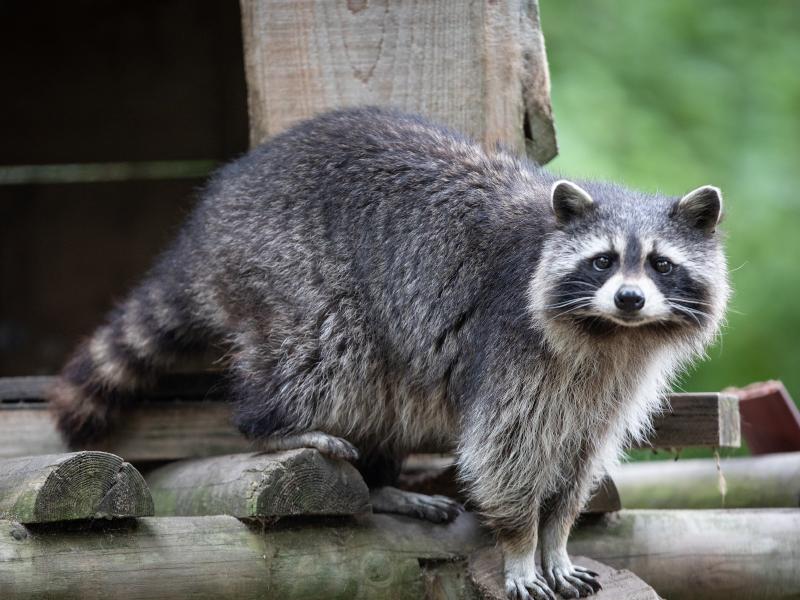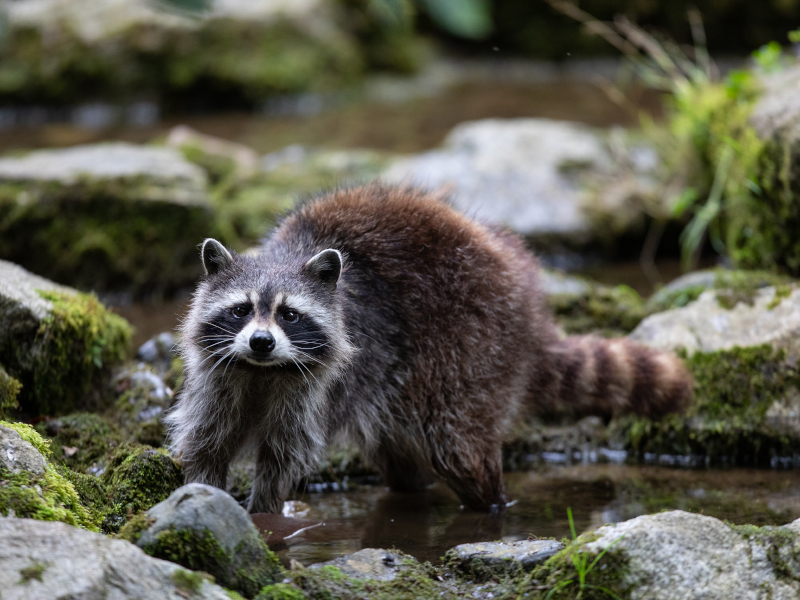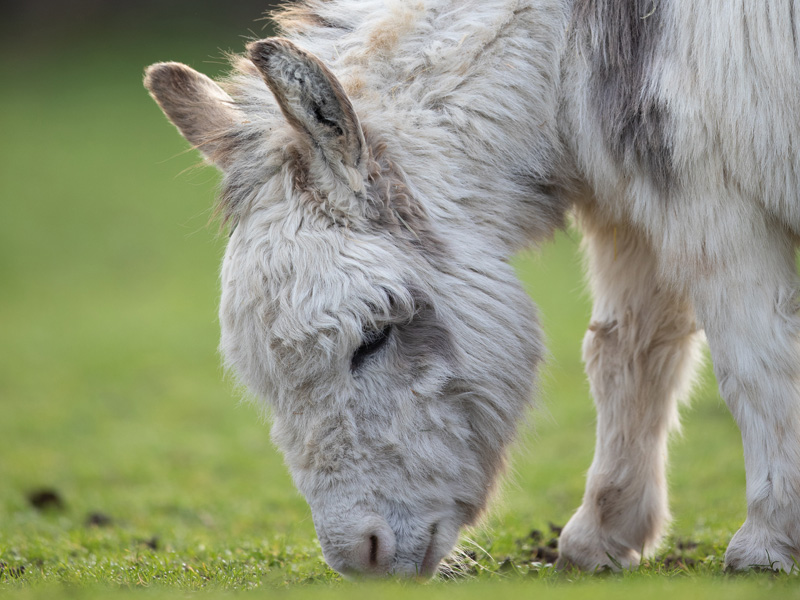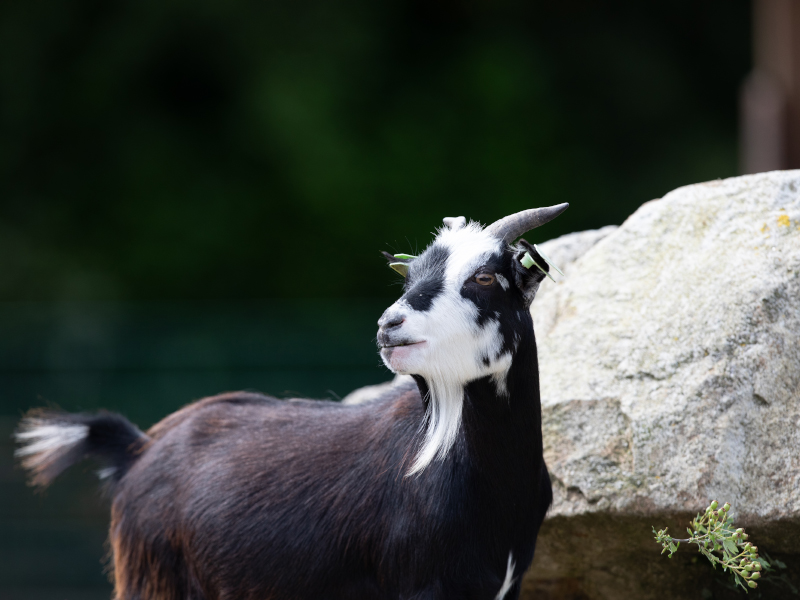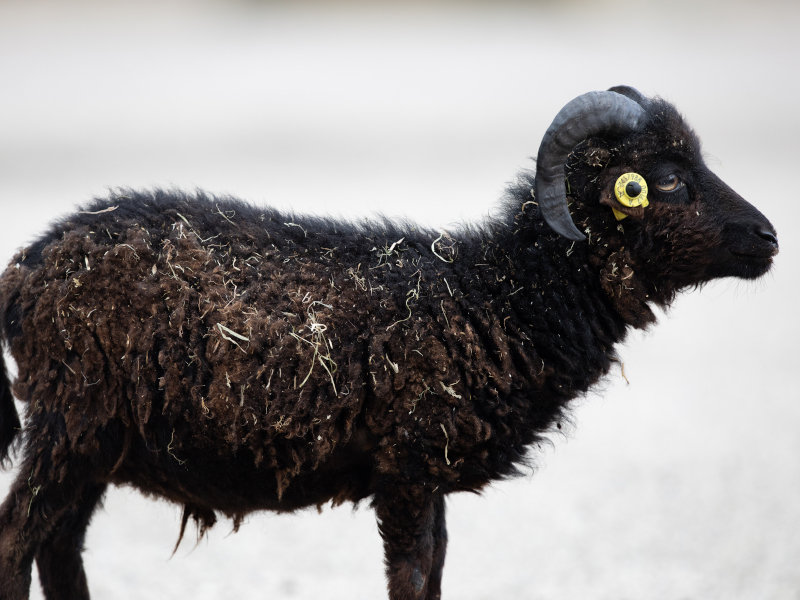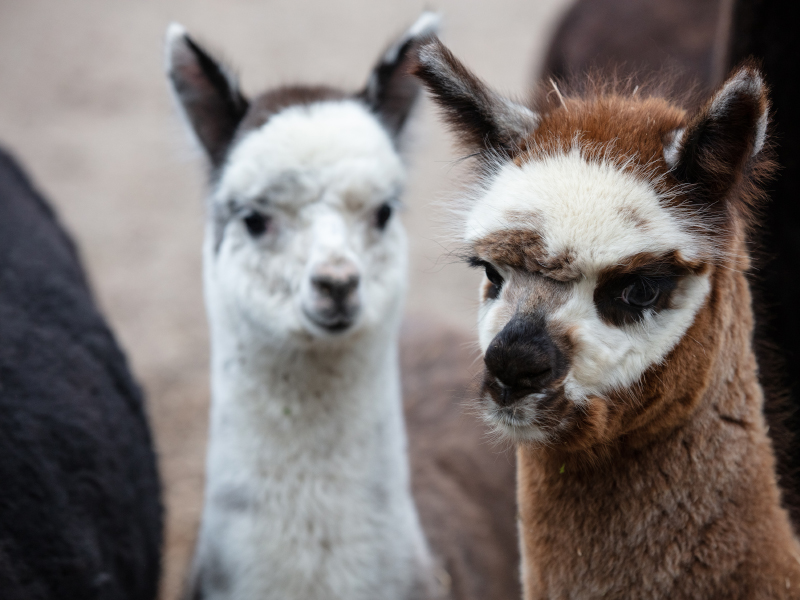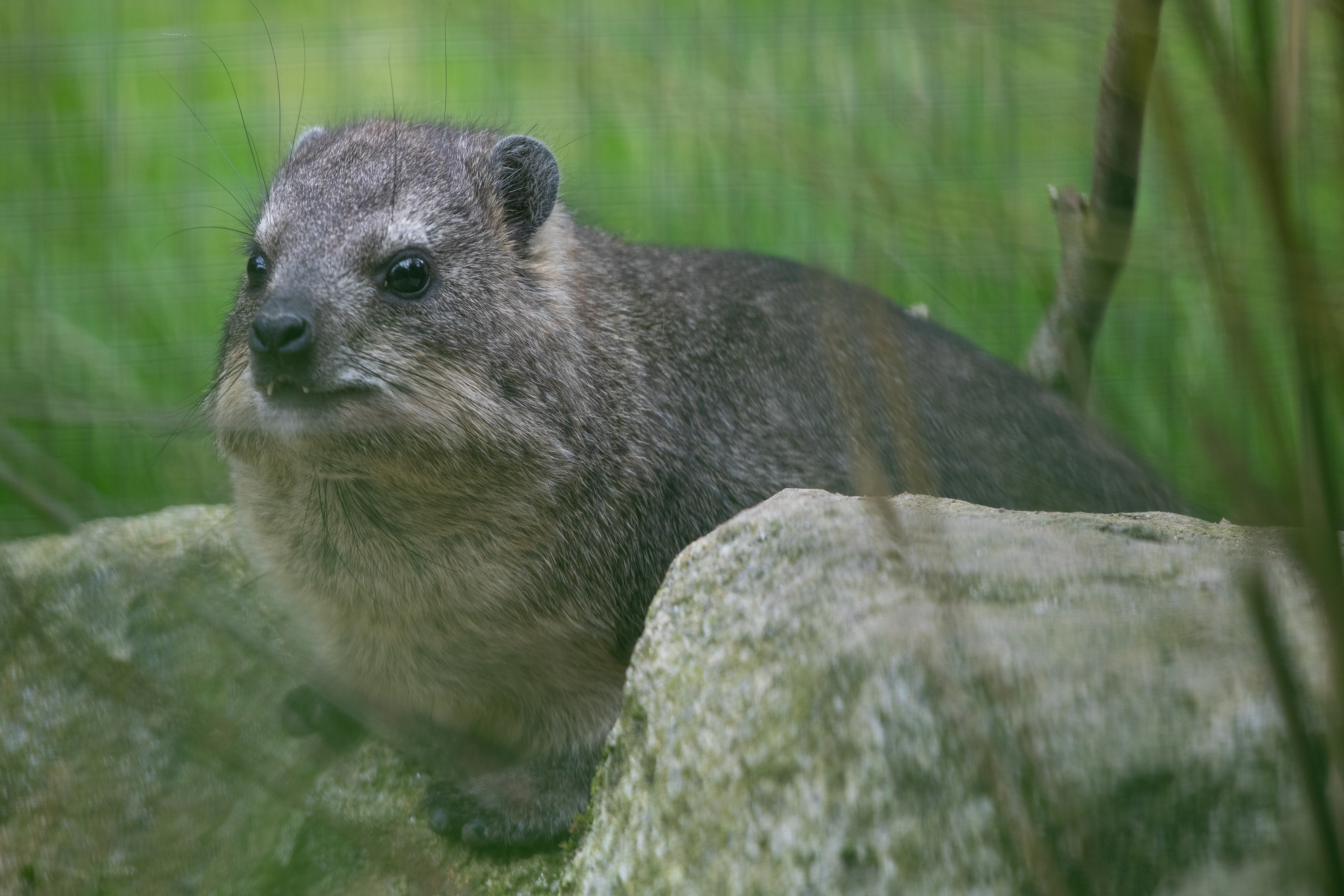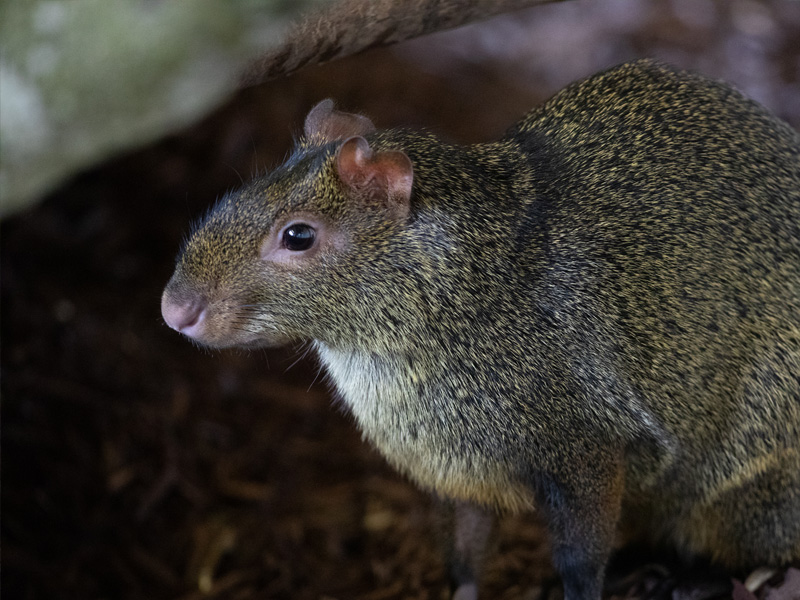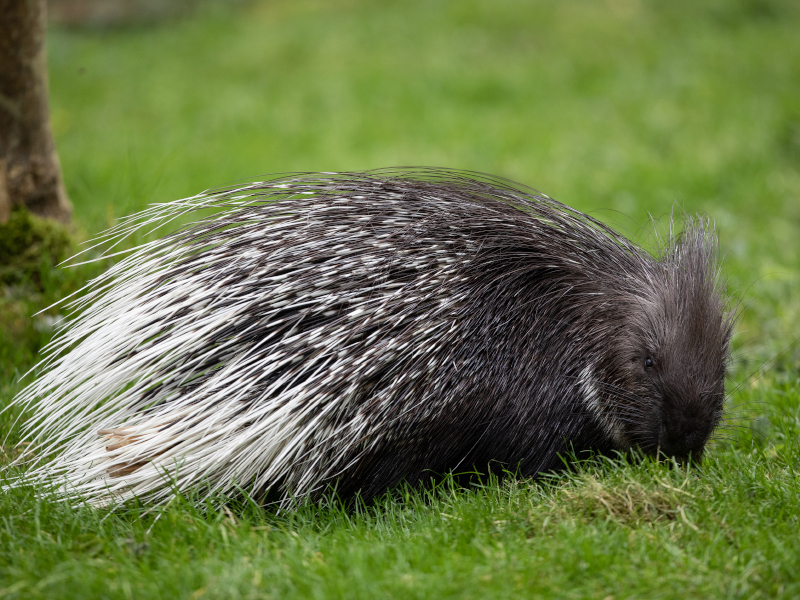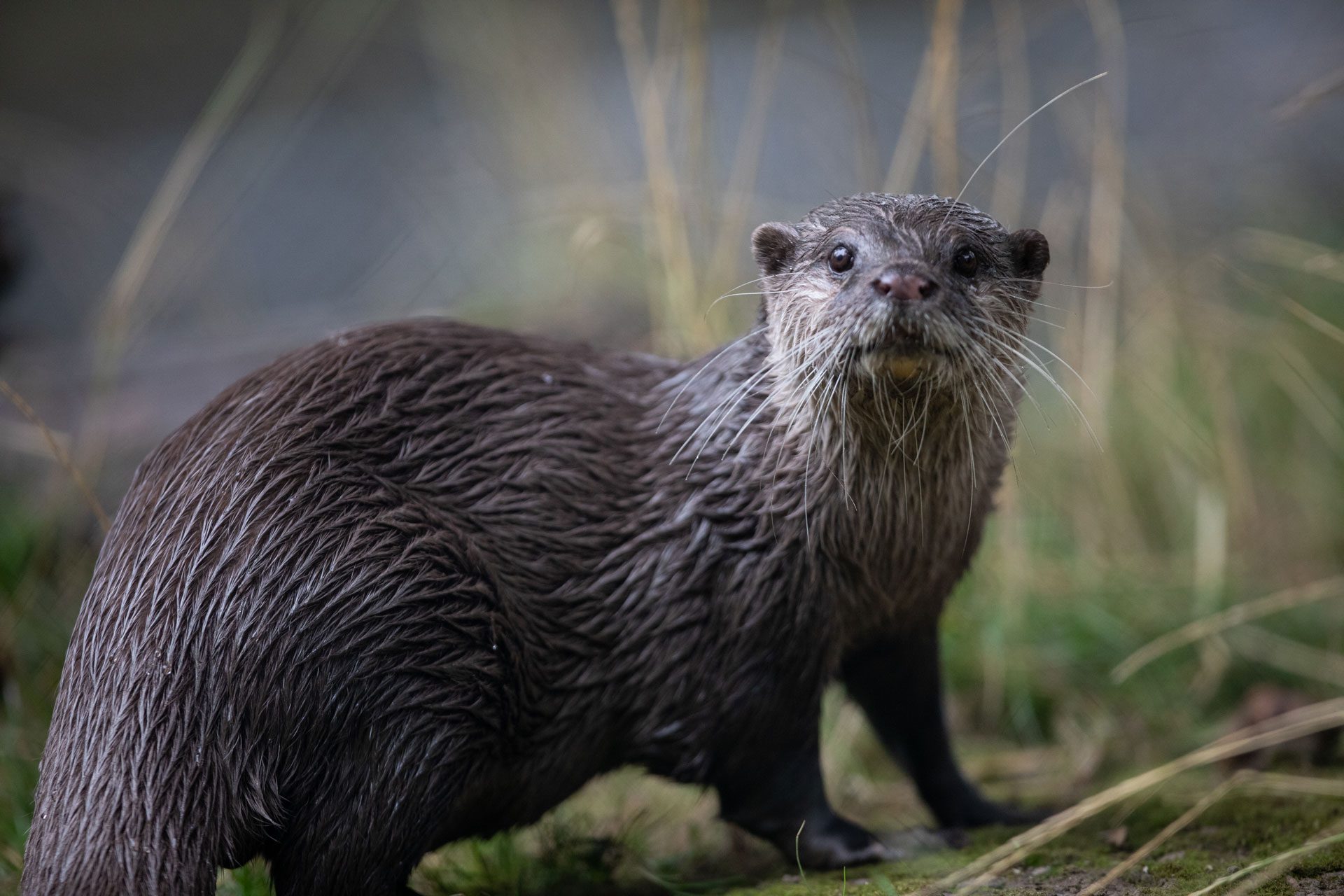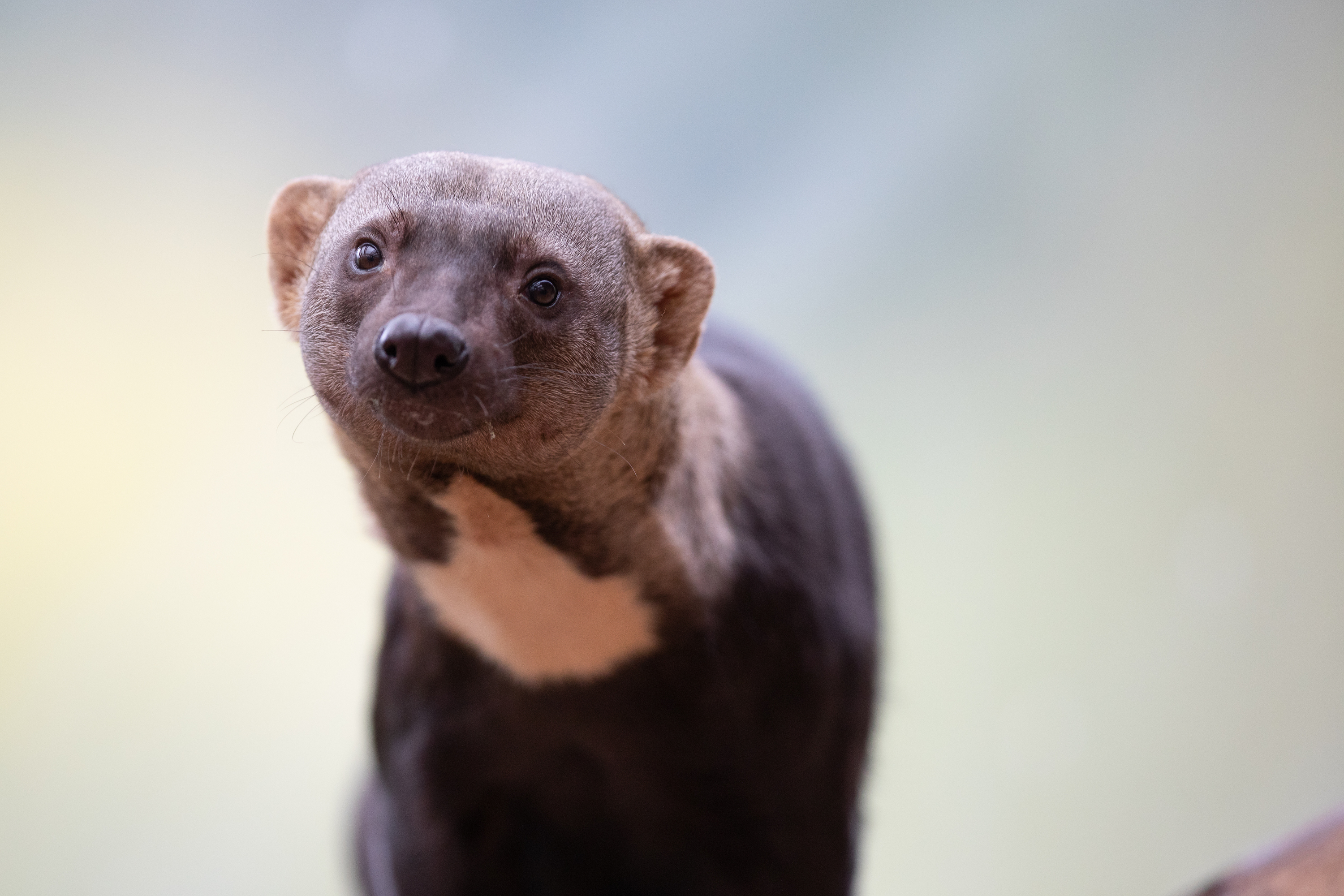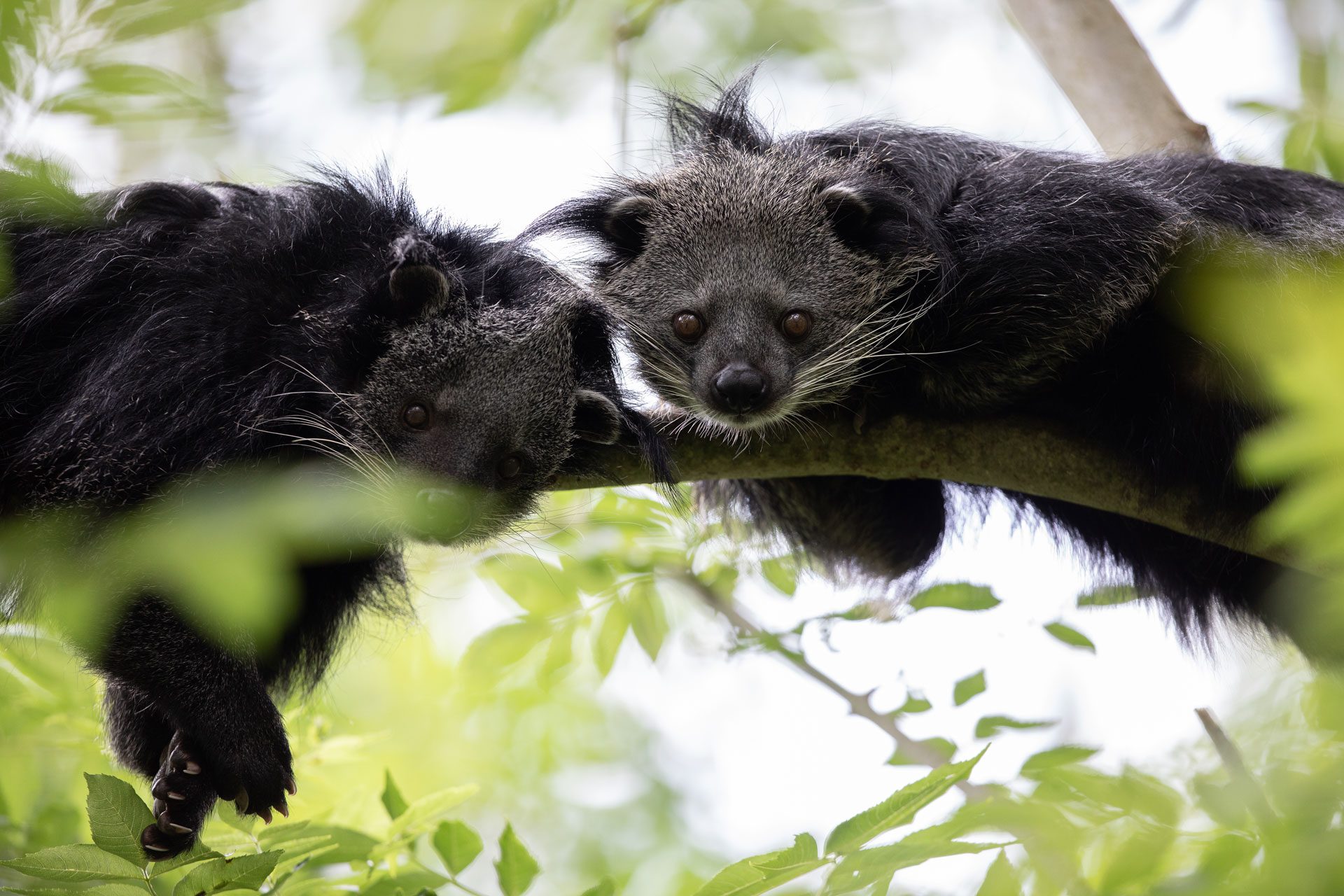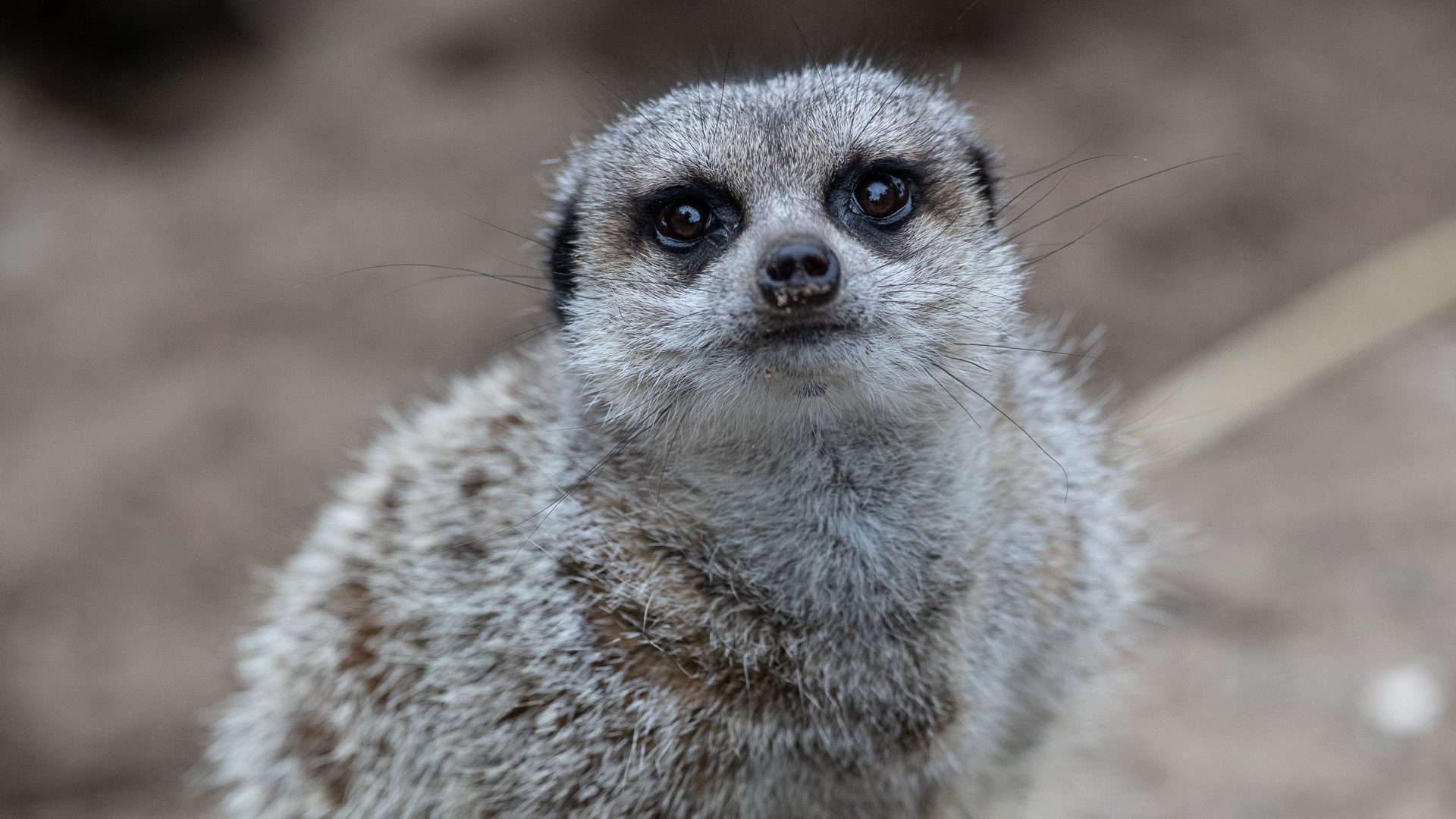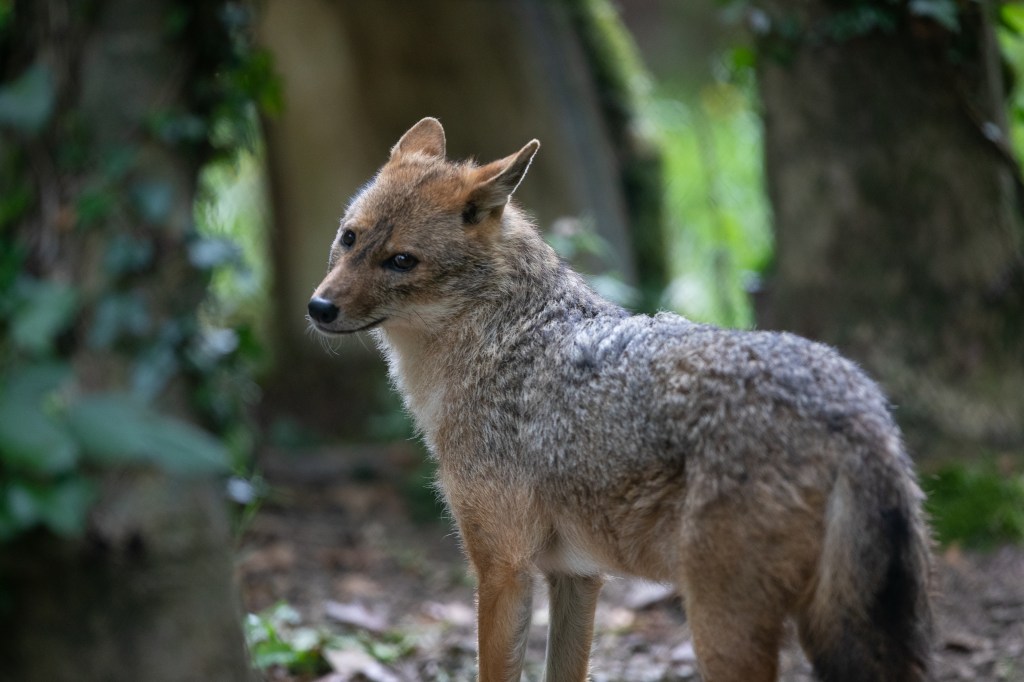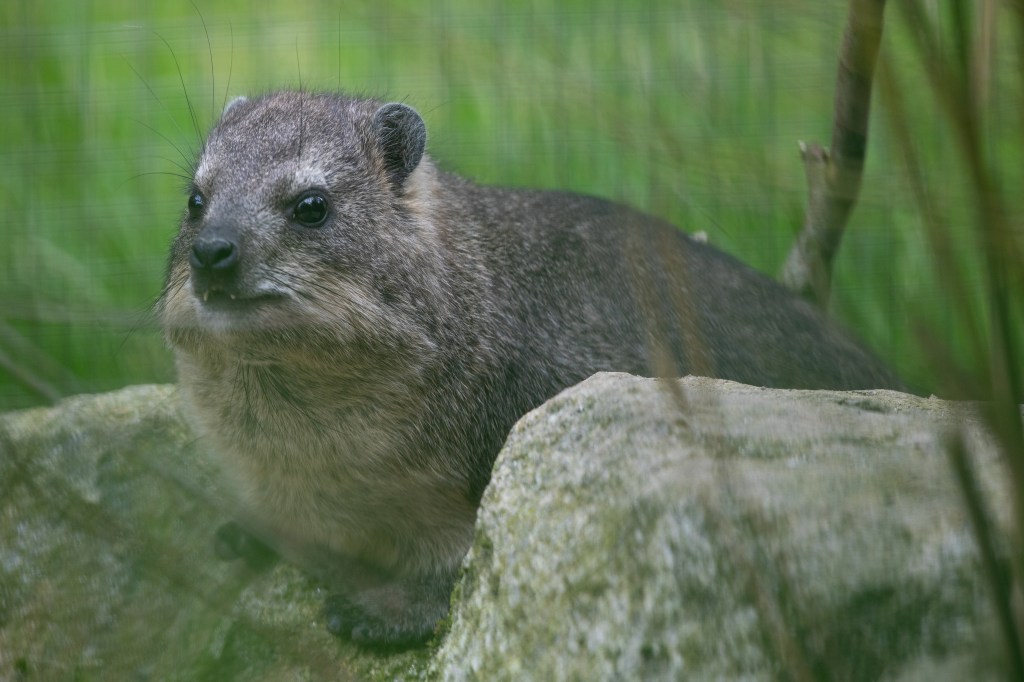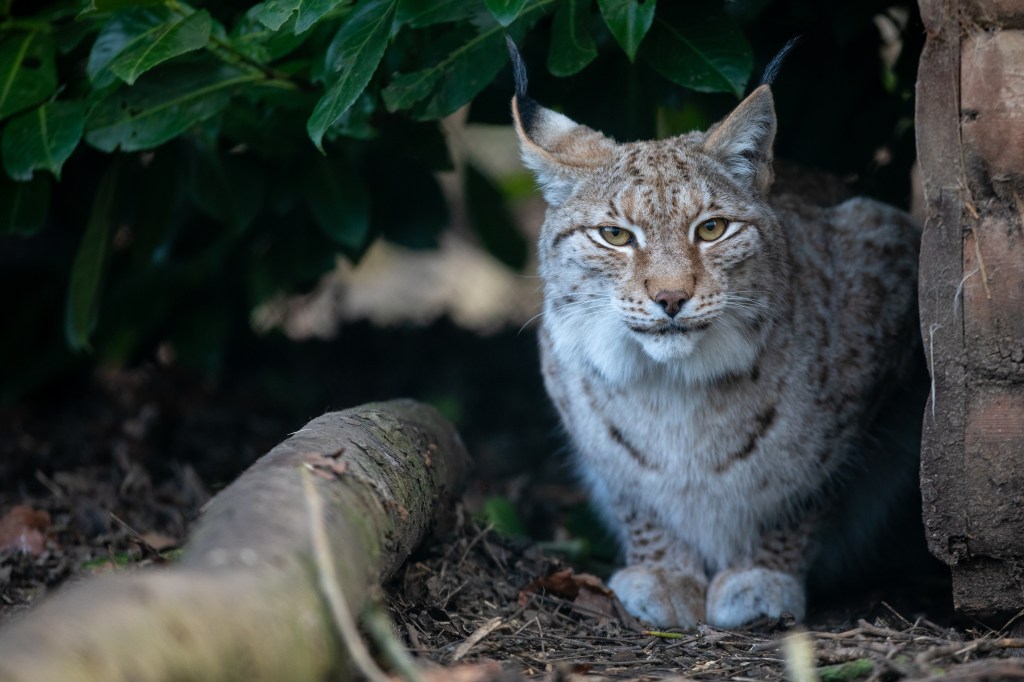Racoons are the largest member of the Procyonidae family.
The black fur, across their, eyes resemble a mask, giving rise to their nick name, ‘The trash bandit’. Their fur is very dense keeping them insulated and protecting them from cold weather.
Raccoon’s are nocturnal animals meaning they are most active at night-time. They are skilled climbers and during the day they will often spend their time in the trees. Females will form groups with their young while males are mainly solitary. Their dexterous paws and clever problem-solving abilities make these animals very good at adapting for survival.
Racoons live close to a freshwater supply as they will often put their food in the water before they eat it.

Popular Searches
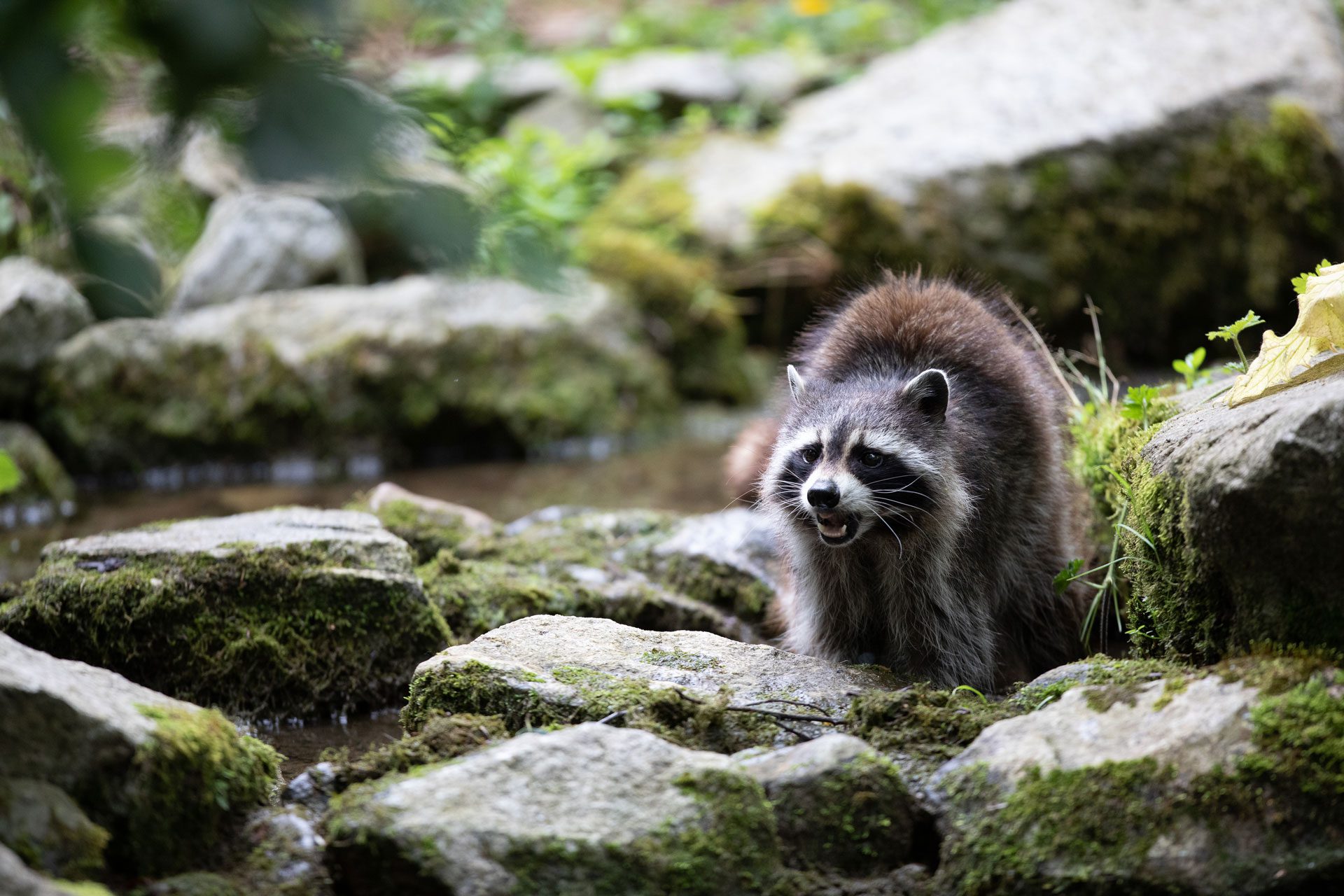
Raccoon
-
Introduction
-
Conservation
Raccoons are classed as least concern.
They are found in urban and suburban habitats as a result of human encroachment. Collisions with vehicles and hunting contribute to threats.
As they are quite common and highly adaptable to the human environment their populations are on the increase in suburban areas*
*2004 -
Habitat
Range from Canada through North America and all the way down to northern parts of South America. They have been introduced to Europe, the Caucasus region and Japan. Raccoons are highly adaptable species and can live in all kinds of habitats, from woodland to farmland. As a result of human encroachment, raccoons can also be found in suburban and urban environments.
-
Fun Facts
Racoons help to control pest populations in their ecosystem as well as carrying out a vital role in the dispersal of seeds. As they will eat carrion, they aid in the prevention of disease spread throughout their ecosystem.
Racoons will usually have one litter of 2-5 offspring per year. Young are born after 65 days in a den and are blind up until they are 24 days of age.
When raccoons perform their dunking ritual, the water on their paws stimulates the nerves in their forepaws. That, in turn, gives them a more vivid tactile experience and provides precise information about what they’re about to eat. This behaviour often looks like they are washing their food before eating it. Raccoons scientific name includes ‘lotor’ which is the Latin word for ‘washer’.



